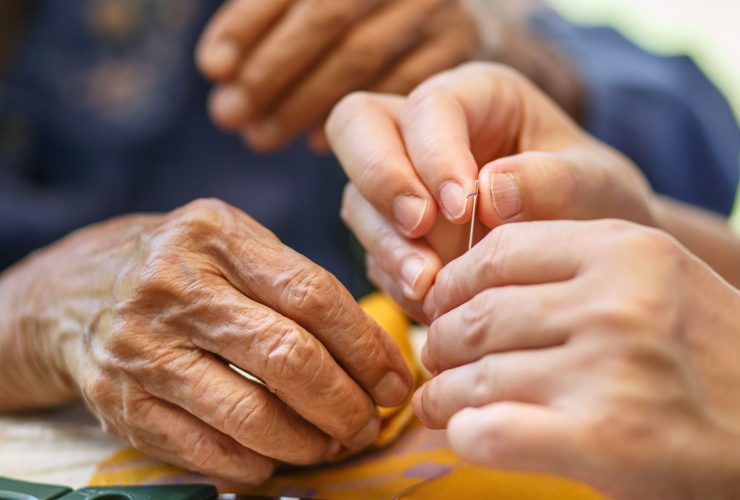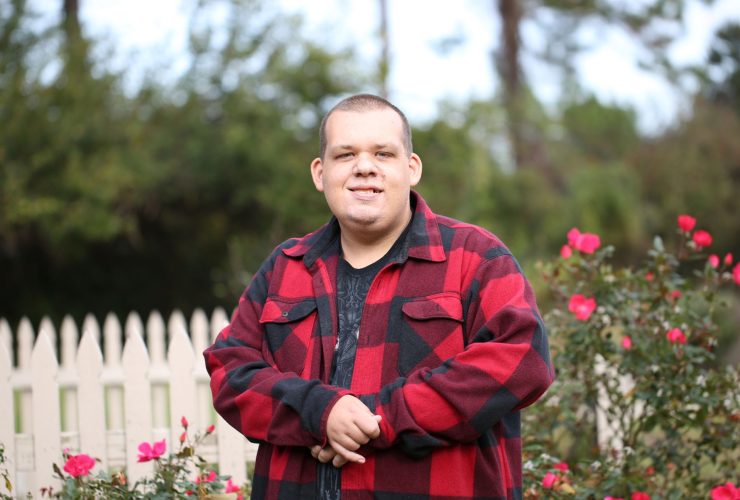Mental Health Occupational Therapy: Supporting the Whole Person
By Jane Anderson, Deputy OT Lead & Mental Health Team Lead, Senior Occupational Therapist
With over 27 years of experience in mental health occupational therapy, I’ve seen the field grow and evolve in incredible ways. From my early days working in settings supporting neuro and pain management, to leading teams and lecturing future OTs, one principle has always remained at the core of my work: understanding and supporting the whole person.
This means taking into account all aspects of a client’s health and wellbeing – physical, mental, and everything in between.
Why mental health occupational therapy?
I knew in high school that I wanted to be an OT. I’m naturally curious – I love learning about what makes others tick – and I’m drawn to practical solutions.
I distinctly remember attending a careers open day, where I heard an OT speak about helping people recover from strokes and thought, “That sounds amazing!” But it was the mental health occupational therapy who really caught my attention, sharing insights into how working with clients affected by mental health issues had taught her so much about life, resilience, and the human experience. I was hooked.
Since graduating in 1995, I’ve had the opportunity to work in a wide range of settings, using my OT skills and knowledge daily, whether supporting clients with psychosis, mood disorders, anxiety, or navigating coexisting physical health conditions. And today, I still feel privileged to do what I do.
The changing landscape of mental health OT
The field has come a long way since I first started out. One of the biggest shifts has been the increased recognition of our unique contributions. We’re much better at advocating for the value of a holistic approach, and today, you’ll often see OTs included on health care teams in equal measure to other professionals.
Another significant change is that we’re talking more openly about mental health and wellbeing—not just as a concept for some people, but as something we all experience. While stigma still exists, the conversation has moved forward significantly, and it’s been rewarding to be part of that shift.
What does it mean to work holistically?
For me, working holistically means seeing the person, not just the problem. It’s understanding that mental and physical health are deeply interconnected. Consider this: a person struggling with chronic pain might also be battling depression, and if we only focus on one without acknowledging the other, we’re missing crucial pieces of the puzzle.
When I work with clients, I try to consider everything that impacts their wellbeing—how much they move, what they eat, how they sleep, and what they do that brings them joy.
One of the most important lessons I’ve learned is that we don’t need to be experts in every area to work holistically. What’s more valuable is being willing to listen, to ask questions, and to admit when we don’t know something.
For example, if a client has a condition I’m not familiar with, I’ll ask them, “How does this affect you day to day? What do you need me to know to support you better?” Working this way not only improves outcomes but also builds trust and understanding.
Practical tips for other clinicians and families
If you’re a clinician wanting to work more holistically, my best advice is to put yourself in their shoes. Ask open-ended questions and listen – really listen – to their responses.
We only see a small percentage of our clients’ life, and it’s easy to make assumptions. But the more you observe, the more you’ll understand what really matters to them.
And remember, you don’t have to “treat” every issue you see. Sometimes, just acknowledging the full picture is enough to make a meaningful impact.
Final thoughts
Holistic care is about seeing the whole person, not just their symptoms or what we think we know about their condition. If we approach each client with curiosity and empathy, we can help them achieve better health and wellbeing in a way that truly respects who they are.
Lastly, did you know that occupational therapy’s earliest philosophy was deeply aligned with the concept of holistic care, focusing on the “healthy body, healthy mind” approach?
If you’re interested in learning more about the roots of mental health practices within OT, check out this easy-read article: Origins of Occupational Therapy and Mental Health Practices.


